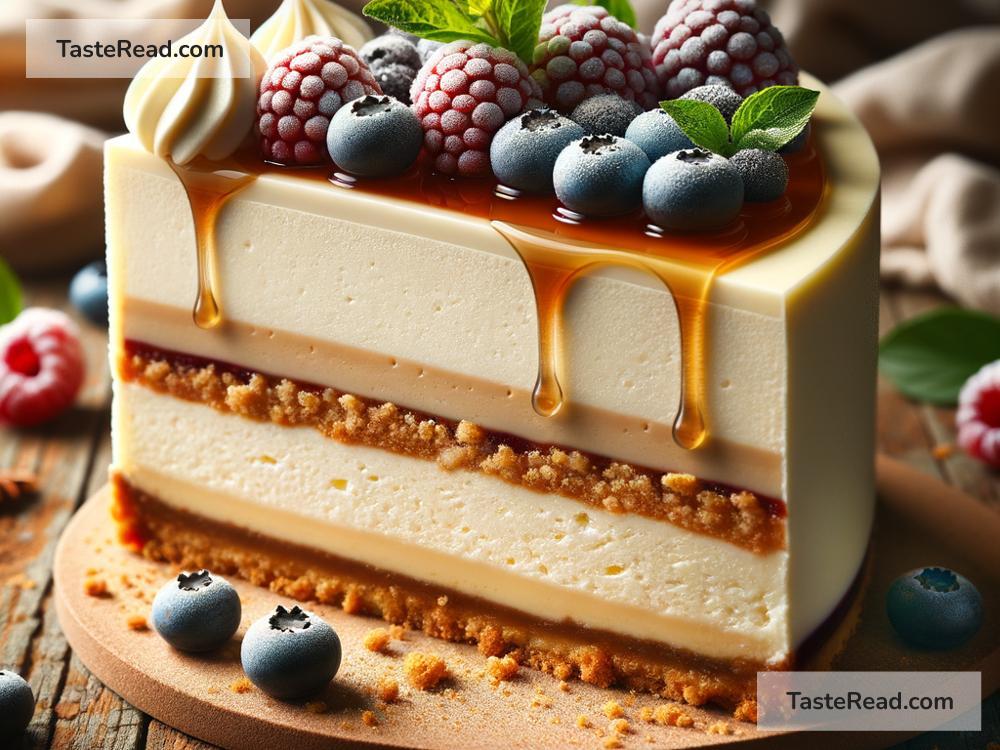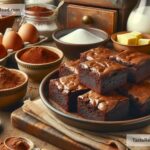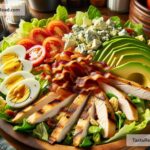The Evolution of the American Cheesecake
Cheesecake is one of the most beloved desserts in America. Whether you enjoy it plain or topped with fruit, chocolate, or caramel, it’s a dessert that has stood the test of time. But how did this creamy, dreamy treat come to be? Let’s take a journey through history to see how cheesecake evolved into the American dessert we know and love today.
The Birth of Cheesecake: Ancient Origins
Believe it or not, cheesecake didn’t start in America. Historians trace its origins back over 4,000 years to ancient Greece. Ancient Greeks served a simple version of cheesecake made from cheese, honey, and wheat. It was so popular that it was used as a source of energy during the first Olympic Games in 776 B.C.! Cheesecake eventually made its way to Rome when the Romans conquered Greece. The Romans added eggs to the recipe and used it for special occasions.
As Rome expanded, so did the cheesecake recipe. When the Roman Empire fell, this sweet treat spread across Europe. Different regions added their own twists to the recipe, using local ingredients like ricotta cheese in Italy and quark in Germany.
Cheesecake Comes to America
Cheesecake finally made its way to America during European colonization. Immigrants brought their traditional recipes with them, often making cheesecakes with simple, fresh ingredients. However, cheesecake during this time was far from the dessert we know today—it was more of a dense custard and didn’t yet feature cream cheese.
The turning point for American cheesecake came in 1872. A dairy farmer in New York accidentally created cream cheese while trying to make French Neufchâtel cheese. This creamier, smoother cheese became an instant hit and laid the foundation for the American-style cheesecake. Five years later, William Lawrence, the farmer behind this discovery, started selling cream cheese under the Philadelphia brand, marking the beginning of its mass production. Cream cheese quickly became the star ingredient in cheesecake recipes, giving it the rich and creamy texture we love today.
New York Cheesecake: A Slice of History
By the early 20th century, cheesecake was becoming a popular dessert in America, and New York City elevated it to iconic status. New York cheesecake is famous for its dense filling made from cream cheese, eggs, sugar, and heavy cream, all poured over a buttery graham cracker crust.
Jewish immigrants played a major role in the cheesecake boom in New York. Many Jewish-owned delis and bakeries in the 1920s and 1930s added cheesecake to their menus, helping make it one of the city’s most famous desserts. This classic version of the cheesecake became inseparable from New York culture, with places like Junior’s on Flatbush Avenue in Brooklyn earning a legendary reputation for serving some of the best cheesecake around.
Regional Twists Across America
While New York cheesecake became the most famous style, other parts of America put their own spin on the dessert. For example, Chicago-style cheesecake uses sour cream instead of heavy cream in the filling and has a firmer texture. Some bakers in the South make cheesecakes with buttermilk for a tangy flavor, while others add local ingredients like pecans. In states like Florida, you might even find cheesecakes infused with tropical fruits like key lime or mango.
In the modern era, cheesecake is incredibly diverse. There are no strict rules about how it should be made. Bakers experiment with different crusts, fillings, and toppings. Oreo crusts, peanut butter fillings, and salted caramel drizzle are just a few of the creative twists that have become popular.
Cheesecake’s Global Influence
While cheesecake is firmly rooted in American culture, it continues to have global influence. For example, Japan is famous for its light and fluffy soufflé-style cheesecakes, which are very different from the dense, creamy American version. Italy’s ricotta-based cheesecakes, France’s fromage blanc versions, and Latin America’s dulce de leche cheesecakes are all examples of how countries have adapted this dessert to fit their tastes.
Thanks to the internet and global connectivity, cheesecake recipes from all over the world are now being shared and enjoyed widely. The dessert has become a symbol of creativity and cross-cultural influence.
Cheesecake Today: Endless Possibilities
Cheesecake has come a long way from its humble beginnings in ancient Greece. Today, it is a dessert with endless possibilities. It can be made as a classic baked cheesecake or as the no-bake variety, which is quicker and easier. Mini cheesecakes, cheesecake bars, and even vegan cheesecakes are gaining popularity in recent years.
Additionally, cheesecake flavors aren’t limited to just plain, chocolate, or strawberry anymore. Pumpkin spice cheesecake is a favorite during fall, while cookies-and-cream cheesecake is a hit among kids. Cheesecake has also become a staple at celebrations, from birthdays to weddings and everything in between.
Conclusion
The American cheesecake is a delicious blend of history, culture, and creativity. From its ancient beginnings in Greece to its iconic status in New York City, cheesecake has been reinvented time and time again. Today, it’s hard to imagine a dessert menu without this creamy confection. Whether you prefer it classic or adventurous, cheesecake’s enduring appeal lies in its ability to evolve while staying undeniably comforting. So, the next time you enjoy a slice, take a moment to savor its rich history and the generations of bakers who perfected it along the way!


